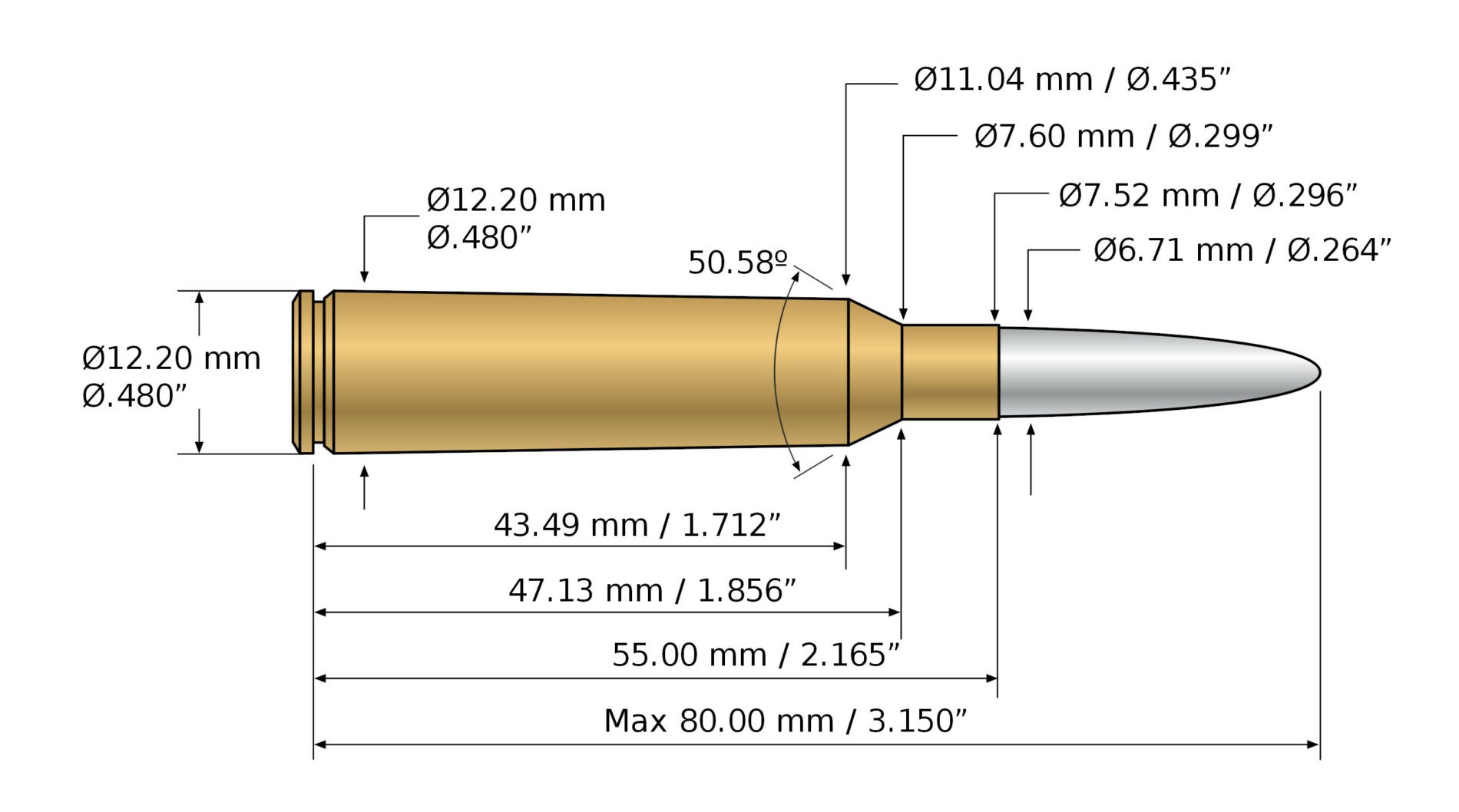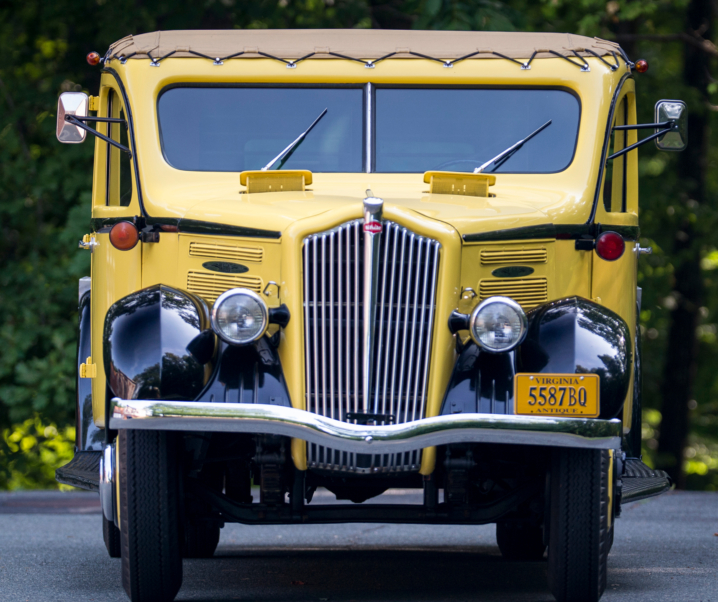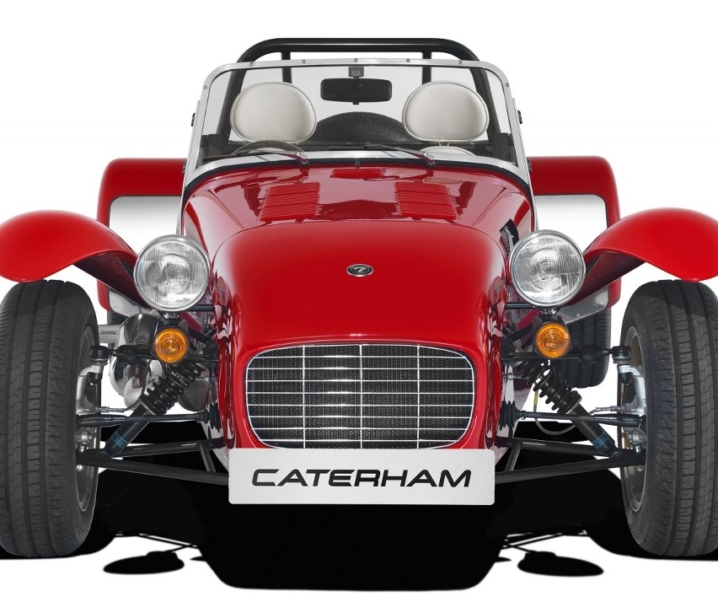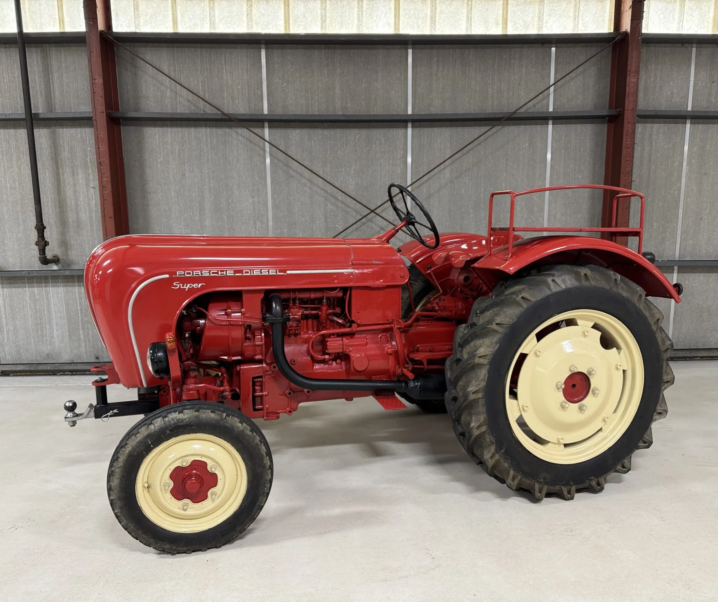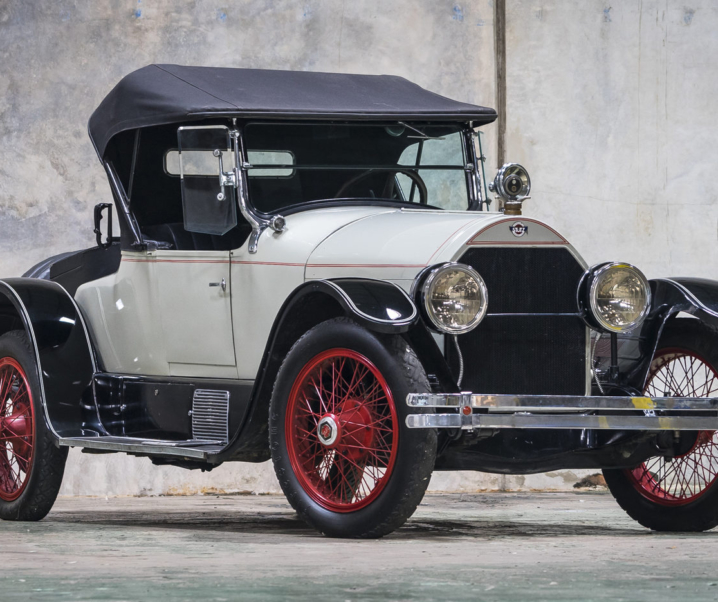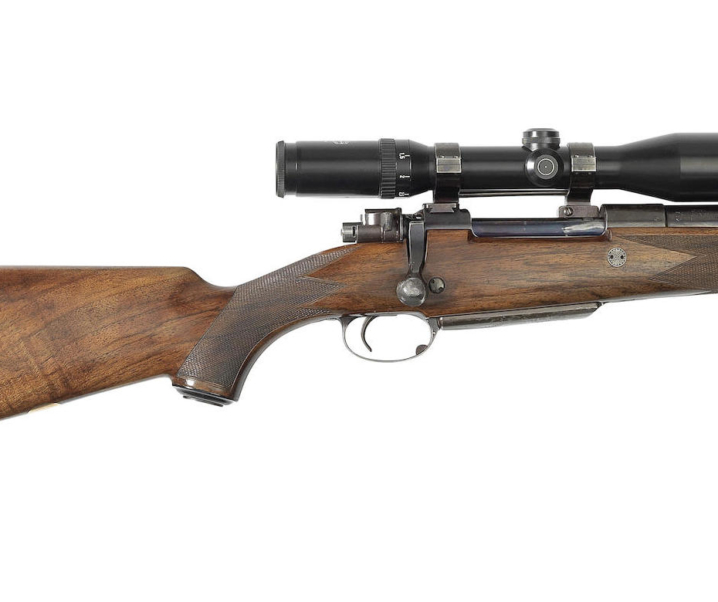The 6.5×55 Swedish cartridge began life as Sweden and Norway’s standard military cartridge, and standard target rifle cartridge. It went on to become a popular sporting rifle cartridge throughout Scandinavia and other parts of Europe: popularity that has continued for no less than 130 years up to the present day.
This is a remarkably capable cartridge having light recoil yet excellent performance, even on game as large as moose.
Fast Facts
- The 6.5×55 was originally designed by the Swedish-Norwegian Rifle Commission which completed its work in 1894.
- The original intention was that both Sweden and Norway would adopt the same standard cartridge for their military use and the same standard rifle.
- As it turned out Sweden and Norway would amicably end their United Kingdom of Sweden and Norway in 1905 and as they headed towards this Sweden chose a different rifle to that preferred by Norway.
- Norway adopted the Krag–Jørgensen M1894 while Sweden adopted the Mauser M1896, both adopted the 6.5×55 cartridge.
- The 6.5×55 became very popular as a sporting rifle cartridge in Scandinavia and it has held onto that popularity for 130 years.
Despite the fact that we sometimes hear the 6.5×55 described as a Mauser cartridge this is in fact not the case. In fact the 6.5×55 was not originally conceived to fit a Mauser rifle, but was instead first intended for the Krag-Jørgensen rifle that Norway and Sweden planned to adopt back when the two were joined together as the United Kingdoms of Sweden and Norway.
The Swedish-Norwegian Rifle Commission was established to create what they considered to be the ideal cartridge for a new rifle for the two states, and to choose a suitable rifle to go with it.
When it came to the cartridge the first thing for the commission to do was agree on the bore size, and they settled on 6.5mm. Then there was the question of the cartridge case. The design began as a rimmed design, which was revised into a semi-rimmed design, and finally a rimless case of 55mm length.
The commission appears to have avoided using dimensions that would match similar Mauser designs.
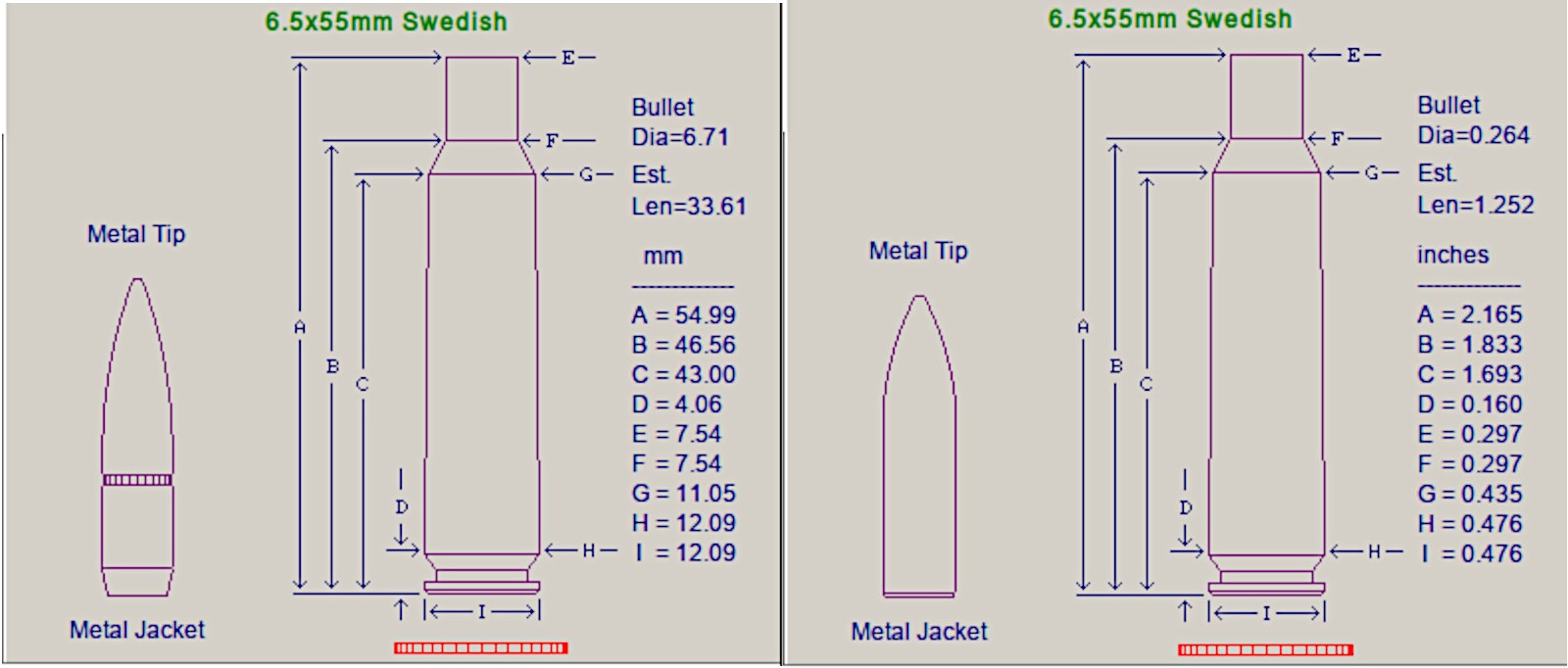
The Norwegians were leaning towards their home-grown Krag-Jørgensen rifle as being the one they would choose, but first the commission ran trials, similar to those done by the Americans in which they compared over fifty rifle types and settled on the Norwegian Krag-Jørgensen as the new rifle for the US Army in 1892: hence this rifle became the Springfield Krag M1892.
The Swedish-Norwegian Commission shortlisted three potential rifles, the Krag-Jørgensen, an M1892 Mannlicher, and an M1892 Mauser: all of these being chambered for the 8x58R Danish military cartridge which had been adopted by Denmark along with the early model Krag-Jørgensen rifle.
The result of the trials was the selection of the Krag-Jørgensen.
The 6.5×55 cartridge was developed for this new model Krag-Jørgensen but the Swedish were not entirely happy with this choice of rifle and made investigations of their own which resulted in them being shown the Mauser M1896 which they were rather keen on.
The end result of this was that Norway and Sweden did indeed both settle on the 6.5×55 cartridge for their military, but Norway adopted their home-grown Krag-Jørgensen rifle, while Sweden adopted the Mauser M1896. The two states then amicably separated to stand as independent nations in 1905.
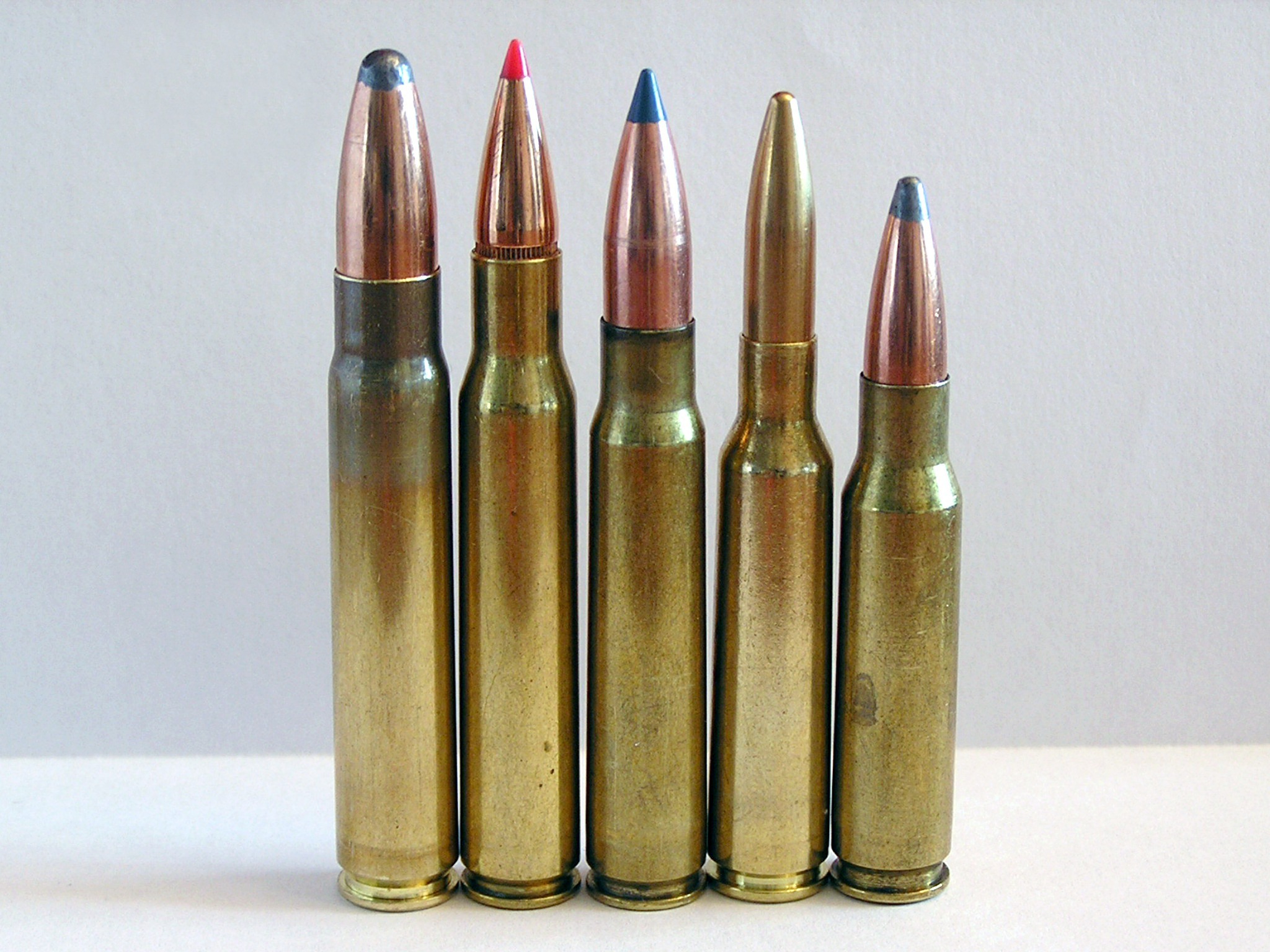
The 6.5×55 was designated the 6.5 mm patron m/94 by the military and became known as the 6.5×55 in its common metric name. It is also referred to as the 6.5×55 SE and in the United States the 6.5×55 Swedish Mauser – which is quite likely the reason many assume it to be a Mauser designed cartridge.
Having become the standard cartridge for the military in Sweden and Norway, the 6.5×55’s influence expanded to its being adopted for civilian marksmanship in Norway, Sweden and Denmark, which pretty much guaranteed its becoming popular. Additionally the 6.5×55’s popularity was helped by the rifles it was chambered in, the Norwegian Krag-Jørgensen M1894, and the Swedish Mauser M1896.
But rifle selection did not stop there. The Mauser M1896 rifles for the Swedish military were made in Germany by Mauser, and also in Sweden by Husqvarna and Carl Gustafs. All were made from specially selected Swedish steel, including the ones made in Germany.
So it was natural for the Swedish makers, Husqvarna and Carl Gustafs, to offer civilian rifles to the sporting shooter market. Additionally Danish rifle maker Schultz & Larsen also began chambering the 6.5×55 in their unique rear-locking bolt action with its short 45° bolt lift.
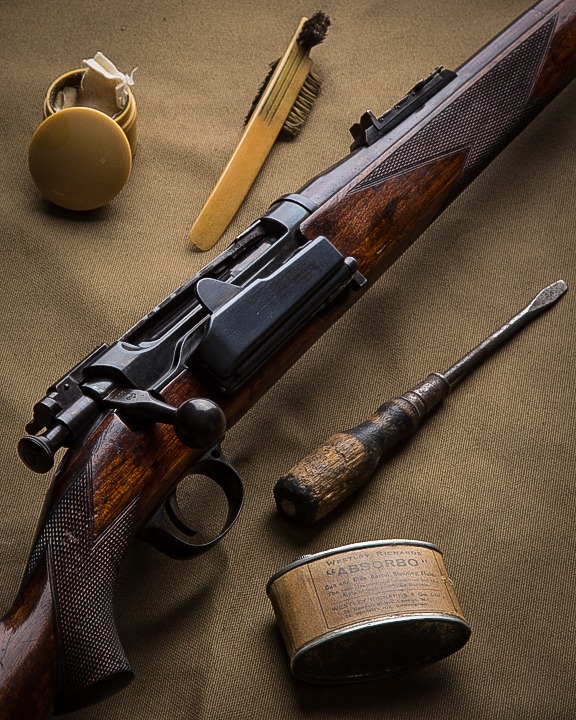
(Note: you’ll find the article about the above pictured custom rifle on Westley Richards website if you click here).
6.5×55 Ballistics and Reloading
In its original military loading the 6.5×55 was loaded with a full metal jacket 156gn (10.1 gram) semi-point projectile driven at a muzzle velocity of 2,379 ft/sec. (725 m/sec.) producing energy of 1,957 ft/lb (2,654 J). This loading was in use up until the Second World War when in 1940 the Nazi German Army was able to invade Norway, while Sweden remained neutral.
In 1941 a new loading was introduced which featured a 140gn (9.1 gram) Spitzer Boat Tail projectile at a muzzle velocity of 2,625 ft/sec. (800 m/sec.) producing energy of 2,148 ft/lb (2,912 J) from a 29.1″ barrel.
As a point of comparison we can compare this with the still new 6.5 Creedmor which is listed as sending a 143gn Hornady ELD-X bullet downrange at a muzzle velocity of 2,710 ft/sec. (830 m/sec.) for energy of 2,283 ft/lb (3.095 J) from a 28″ barrel.
Suffice to say that there is precious little between the performance of the 130 year old 6.5×55 and the new 6.5 Creedmor, and I think that explains why the 6.5×55 has not only become popular, but has remained so until the present day.

Modern 6.5×55 sporting ammunition is plentiful and loaded by a large range of manufacturers both in the United States and in Europe.
- Winchester list two loadings for the 6.5×55 in their 2024 catalog on page 29.
- A 140gn Power Point at a muzzle velocity of 2,550 ft/sec.
- A 140gn Full Metal Jacket target projectile also at 2,550 ft/sec.
- Remington list one loading: a 140gn Core-Lokt bullet at 2550 ft/sec on page 109 of their 2024 catalog.
- Hornady list one loading in their Superformance ammunition line: a 140gn SST (page 25) at a muzzle velocity of 2,735 ft/sec. (ballistics on page 172).
- Norma list no less than fourteen ammunition loadings for the 6.5×55, and also empty brass for reloading.
- Sellier & Bellot load the 6.5×55 with a range of bullets: the 120gn eXergy Blue, 130gn eXergy, 120gn TRXG, and 130gn Soft Point (start of listings on page 38).
- RWS have six loads for the 6.5×55, the Evolution Green, Hit, Speed Tip Pro, Doppelkern (i.e. dual core), and two Target Elite Plus. (select 6.5×55 SE from the caliber menu).
- Nosler load their 120gn E Tip, 140gn Accubond, and 140gn Ballistic Tip. (see page 49, lists as “26” in PDF viewer).
Handloading the 6.5×55
Empty cases for the 6.5×55 are offered by most major makers, so they should not be difficult to find or expensive. Similarly 6.5mm bullets are a common standard and finding suitable bullets should pose no problems.
The 6.5×55 is listed in many, but not all, US loading manuals. Looking at my modest reference library of loading manuals I find it listed in the Hornady, Sierra, Norma and Lyman manuals.
There is also excellent quality load data for the 6.5×55 available online:
- Hodgden
- Speer: (Note: Speer publish load data for rifles with the old military M1894 Krag and M1896 Mauser actions, and separate data for modern rifles with stronger actions).
- Nosler
- ADI – for Australia and New Zealand
Rifles Chambered for the 6.5×55
The 6.5×55 is a common caliber for rifles manufactured in Europe, and especially for rifles coming out of Scandinavia such as Sako, Tikka, and Schultz & Larsen.
Blaser offer their R8 in 6.5×55, and Heym their SR30 and SR21.
Mauser make their Mauser 12 and Mauser 18 in 6.5×55.
Zastava make their Model 70 bolt action in 6.5×55.
The 6.5×55 has proved to be a cartridge that is so good it has continued for 130 years and shows no sign of fading into obsolesce.
It combines light recoil with excellent game performance, it is said to account for thousands of moose each year in Scandinavia, as long as the hunter does his/her part, and chooses the right bullet for the job.
It is a flexible cartridge able to be adapted to a wide range of hunting from small game up to the largest of the deer species.
This is also a cartridge that has been a target shooting standard, able to extract as much accuracy as a rifle is capable of.
The Swedish-Norwegian Rifle Commission of 1894 created what many consider to be a perfect sporting rifle cartridge while they were creating their military cartridge. The fact that it is still popular in Europe is testimony to their expertise and vision.
Picture Credits: Feature image at the head of this post courtesy arz@wikimedia. All others as individually credited.

Jon Branch is the founder and senior editor of Revivaler and has written a significant number of articles for various publications including official Buying Guides for eBay, classic car articles for Hagerty, magazine articles for both the Australian Shooters Journal and the Australian Shooter, and he’s a long time contributor to Silodrome.
Jon has done radio, television, magazine and newspaper interviews on various issues, and has traveled extensively, having lived in Britain, Australia, China and Hong Kong. His travels have taken him to Indonesia, Israel, Italy, Japan and a number of other countries. He has studied the Japanese sword arts and has a long history of involvement in the shooting sports, which has included authoring submissions to government on various firearms related issues and assisting in the design and establishment of shooting ranges.

